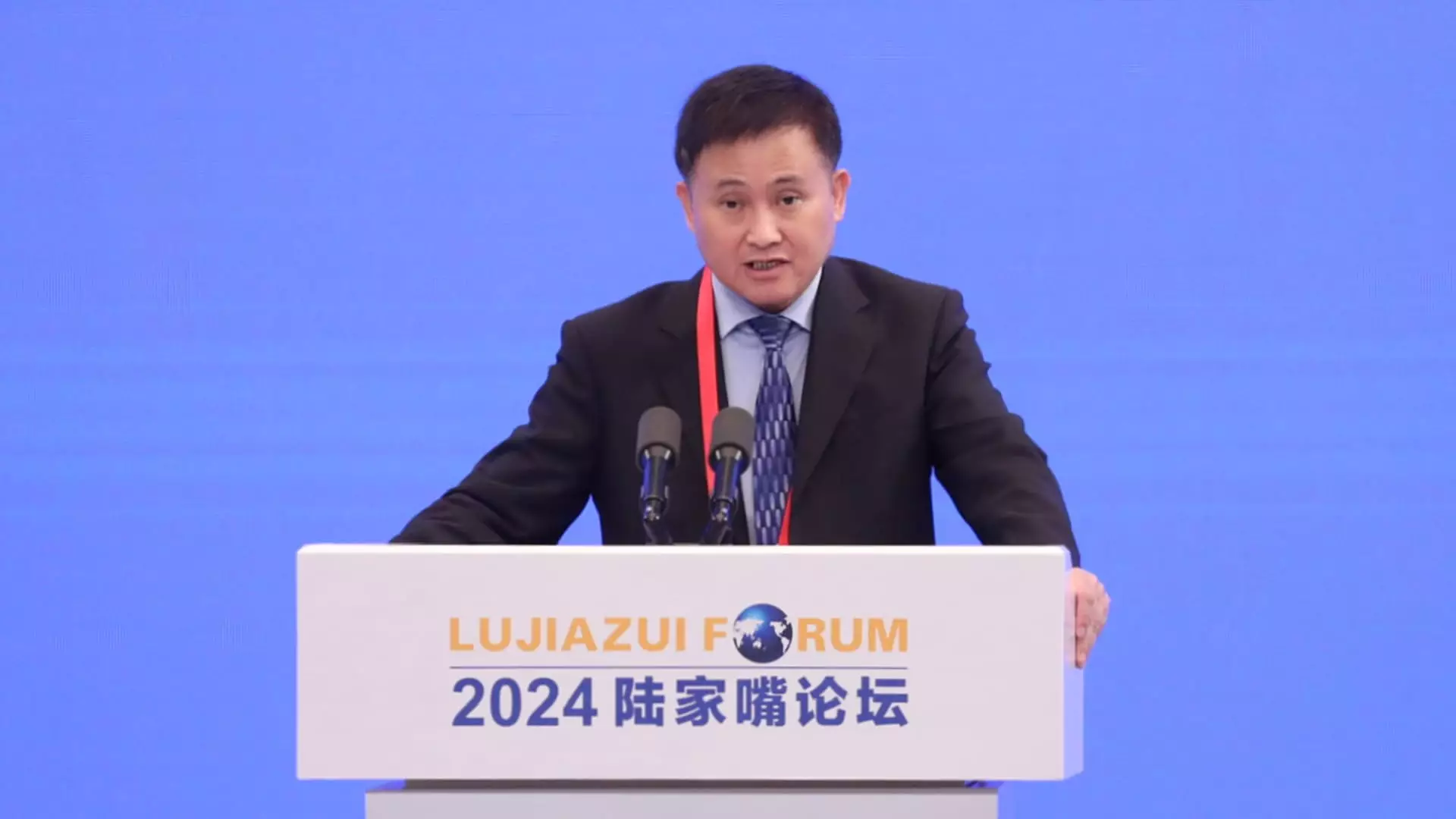Recent statements from Pan Gongsheng, the Governor of the People’s Bank of China (PBOC), have caused significant interest among economists and market analysts alike. During a recent meeting of the National People’s Congress Standing Committee, Pan emphasized a commitment to a supportive monetary policy aimed at bolstering the nation’s economy. This approach signals the central bank’s strategic focus on counter-cyclical measures designed to counteract adverse economic conditions. Such policies are typically employed to stabilize financial markets and encourage growth during periods of economic downturn.
The PBOC’s commitment to increasing the intensity of counter-cyclical policies illustrates an acknowledgment of the challenges facing China’s economy. This includes slowing growth rates and rising debt levels. The urgency behind these measures is particularly potent in light of global economic shifts, especially with developments in the United States, where the Federal Reserve recently transitioned to an easing cycle. The comparison between the actions of these two major central banks underscores the interconnected nature of the global economy.
In conjunction with the PBOC’s monetary policy, the Chinese government is also poised to increase fiscal stimulus. Finance Minister Lan Fo’an’s recent report on enhancing local government debt limits reflects a proactive effort to manage hidden debts and inject liquidity into the economy. This strategy is crucial for local governments, which face fiscal pressures exacerbated by falling revenues and increased expenditure needs, particularly in infrastructure and social services.
The expected approval of these fiscal measures demonstrates the government’s commitment to tackling economic vulnerabilities while also facilitating growth. Initiatives like this are instrumental in providing the necessary funding to support local projects that can stimulate employment and drive consumer spending.
The series of cuts to interest rates initiated by the PBOC in late September represents a fundamental change in the monetary framework aimed at ameliorating economic slowdown. Such actions can help lower borrowing costs for consumers and businesses, fostering an environment conducive to investment and spending. However, the efficacy of these cuts will hinge on broader economic conditions, including domestic consumer confidence and global economic health.
Analysts are keenly observing how these measures unfold, particularly in light of signs that growth may continue to decelerate. As the uncertainty of the international market persists, China’s ability to maintain stability through sound monetary policy is under intense scrutiny. The global economic landscape remains volatile, with potential repercussions for China’s own growth trajectory.
The PBOC’s ongoing commitment to counter-cyclical monetary policy and the Chinese government’s plans for fiscal stimulus reflect a coordinated approach to navigating a challenging economic landscape. The interplay between interest rate adjustments and fiscal measures marks a critical juncture for China’s policymakers as they endeavor to foster sustainable growth amid fluctuating global conditions. How effectively they engage with these challenges will largely influence both the domestic and international economic outlook in the coming months. This situation requires close monitoring, as the consequences of these policies unfold across various sectors of the economy.

